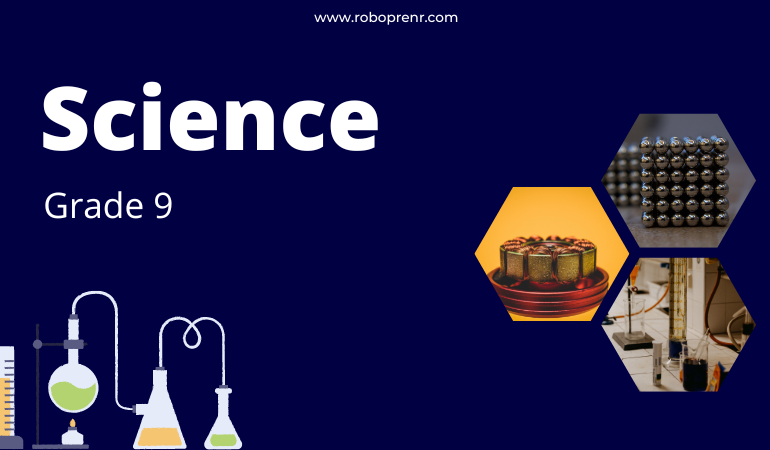1668A, 14th Main Rd, Sector 7, HSR Layout, Bengaluru, Karnataka 560102
+91 99459 30733 (9am - 6pm IST, Saturday - Sunday) (10am - 7pm IST, Tuesday - Friday)

Science is fundamental not just for academic success but for understanding many everyday concepts that govern our world. At Roboprenr, our science course is meticulously designed to align with the latest educational standards from ICSE, CBSE, IB, and IGCSE boards, as well as Olympiad curricula. Our comprehensive program includes extensive practice and interactive learning to ensure students excel in their academic exams and Olympiads.
What is Olympiad examination?
Olympiad examinations at school level are competitive examination, based on the school syllabus, which are conducted through various independent organization. These exams give exposure to students about the competition and make them ready to face any competitive challenge that would be thrown upon them in the future.
Importance of Olympiad examination
Olympiad Examinations help to identify a child's capability and assessment of his/her real potential in competing in today's world. They also bring out the areas needing attention so that proper orientation can be given in areas lacking proficiency. In a nutshell, they are a platform for realistic assessment to prepare a child to face the modern competitive world.
Experts agree that "Early Age Competition" can be a "win" for Kids - but only if parents, coaches and teachers handle it well. The competition should be healthy, not harmful.
How to prepare for Olympiad exams?
Most of the Olympiad exams are conducted on the similar syllabus that Kid s are studying at school. It means that they do not require additional reference books for the preparation of these exams. However, at the same time questions asked in these exams are quite different than what kid s learn in the school. Questions are trickier and conceptual.
To excel in "Olympiad Exams", it is essential for the students to understand the exam pattern, evaluate and prepare themselves on the Olympiad standard question.
We at Roboprenr provides an objective and in-depth program for Olympiad Exam preparation.
The curriculum is designed to provide comprehensive coverage for ICSE, CBSE, IB & IGCSE boards and various Olympiads.
CBSE Exclusions: Physics - 1. Measurement and experimentation, 5. Upthrust in fluids and atmospheric pressure, 6. Heat and Temperature, 8. Reflection of light, 11. Magnetism, 12. Nuclear atom and Radioactivity,16. Thermal physics
Chemistry - 3. Water, 7. Study of hydrogen, 8 Study of Gas laws, 10. Acid, Bases, Salt, 11. Inorganic and organic Chemistry, 12. Propoerties of metals, 13. Petrochemicals and polymers
Biology - 3. The flower, 4. Pollination and fertilization, 5. Seeds: Structure and germination, 6. Respiration in plants, 8. Economic importance of bacteria and fungi, 9. Nutrition, 10. Digestive system, 11. Skeleton,12. Skin, 13. The respiratory system, 17. Reproduction in humans and animals, 18. Biotechnology